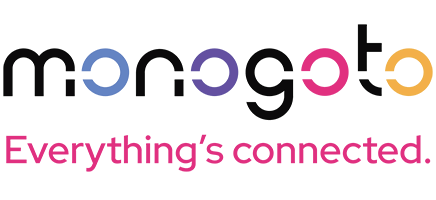Private LTE/5G Spectrum Bands
It is the spectrum which drives your private LTE/5G network solution
Private LTE/5G network spectrum is a regulated critical resource, which is divided into three types: unlicensed, licensed and shared license. wireless frequencies spectrum are allocated differently in each country when the idea is to have balanced allocation for all categories to in order to support future needs and technologies while avoiding radio interference. There are three types of spectrum categories:

Low-Band
This spectrum refers to all frequencies below 1 GHz which supports longer distances with throughput speed up to 100Mbps. This spectrum also known as the “coverage layer” and a single cell site of can cover hundreds of square km.
Mid-Band
This spectrum refers to all frequency between 1-6 GHz and it is the ultimate spectrum for a densely populated area when you need to balance between coverage and capacity. Mid-band supports medium throughput speed up to 1Gbps. Unlike mmWave, mid-band base station can cover fairly large areas and can also penetrate walls.
High-Band (mmWave)
This spectrum refers to all frequencies above 24 GHz. mmWave spectrum is particularly useful in urban areas and busy venues (e.g. shopping malls), supporting high data rates up to 10Gbps, but the distances are very short. It requires more than 100 times the number of antennas/NRs compared to 4G/low-band spectrum deployments. Nevertheless, it has the potential for high reuse in a specific area due to its short reach.
Private LTE/5G can be based on licensed, unlicensed, or shared spectrum. Unlicensed spectrum such as 2.4 GHz, and 5 GHz, are available internationally as defined by the International Telecommunication Union (ITU). Any organization can operate private LTE/5G networks in unlicensed spectrum, such as the UNII-3 band used for Wi-Fi (e.g. MulteFire). These frequencies which are generally free of charge, are fundamental to our digital economy. Licensed spectrum are mainly allocated to mobile network operators who can license their spectrum to any end-user organization. Shared license spectrum allows any organization to operate a private LTE/5G network using these “lightly licensed” but shared spectrum (e.g. CBRS in the US). There are a number of countries which currently provide shared license spectrum usage, while the rest are still studying its need and value. Access to the shared license spectrum requires a management system, such as the CBRS spectrum access system (SAS), to avoid interference between incumbents and users sharing the spectrum. The following table provides a global snapshot of spectrum optimized for industrial IoT and private network use:
Disclaimer: the following values in the table above have been collected from different public sources in the internet as well as from our customers. If you find any mistake in the table, please fill free to contact us via the form below or directly to info@monogoto.io
